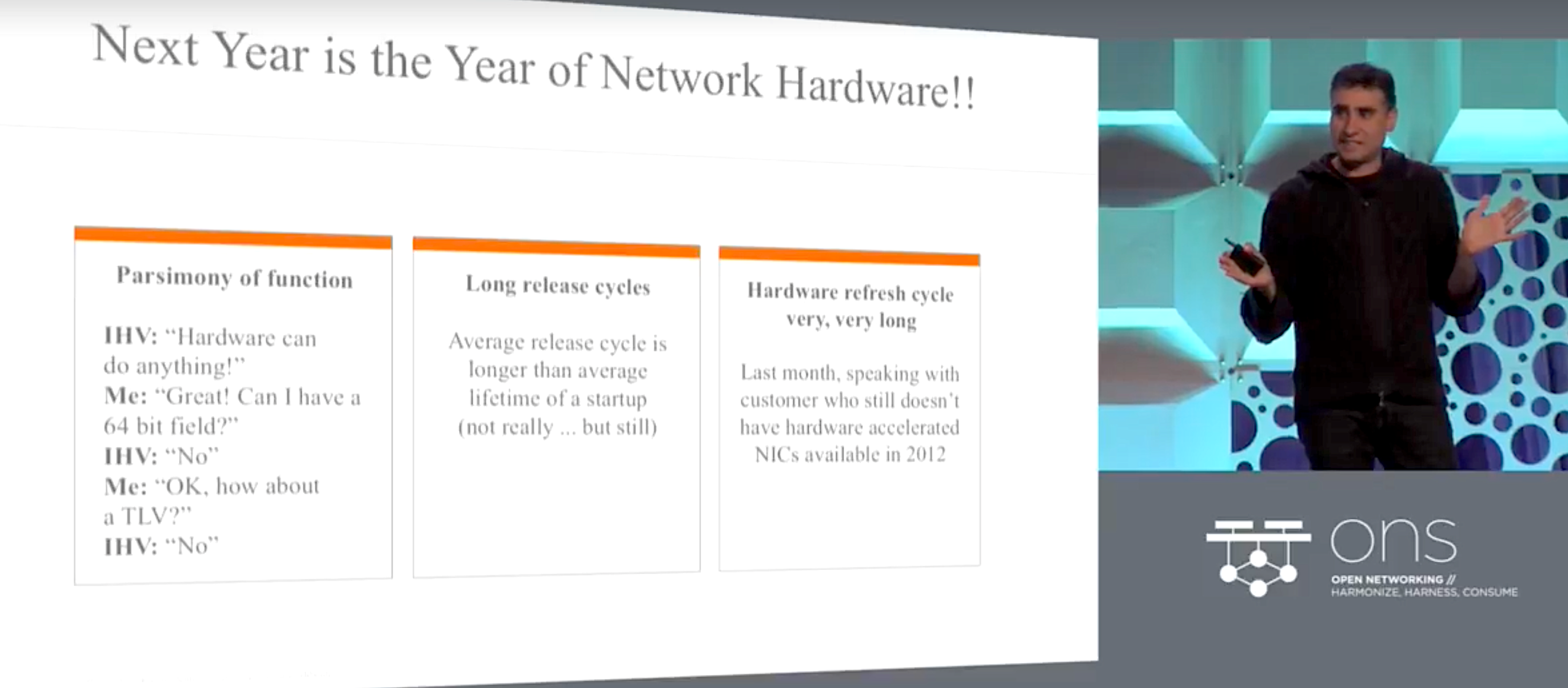The countdown until ApacheCon North America has begun. The blockbuster event will be in Miami this year and runs May 16-18. The Apache community is made up of many niche communities and ApacheCon offers something for all of them.
Here, Roman Shaposhnik, Director of Open Source, Pivotal Inc., who is heading the Apache IoT track at the ApacheCon conference, gave us a sneak peek of what the Apache Internet of Things community can look forward to at the event.
Linux.com: Please give us an overview of the projects the Apache IoT community are working on.
Roman Shaposhnik: There are many projects underway. Including projects such as Apache Mynewt and several that are directly relevant to the embedded space, which is a precursor to the IoT. Those are on the edge, and then there are projects on the data centered side too. So, we’ve got projects on Hadoop, and some on NiFi, an enterprise integration and dataflow automation tool, that is happening on the edge in the data center. Apache gives you end-to-end approach to an IoT architecture. We don’t just stop at the edge, we don’t just stop at the data center. It’s kind of end to end — that’s what’s exciting to me about it.
Linux.com: When many of us think about the IoT, we think about smart devices like the Amazon Echo, but we don’t think about what is behind that. What’s happening on that end?
Shaposhnik: Today the bulk of the projects are on the back end, but with things like Mynewt joining the Apache family, we’re moving towards what is commonly referred to as “Fog” computing, where your edge becomes increasingly more intelligent, and more independent from the data center.
Linux.com: Which talks are you most excited about in your track at ApacheCon?
Shaposhnik: We had to turn talks down because we didn’t have enough space in our track but the ones that made the cut are simply outstanding. That makes it difficult to choose a few to highlight, so I’ll just mention some that I either took a direct role in organizing or that I, myself, would really love to attend.
I’ll start with two of the keynotes, both from an investment or VC community perspective. Basically, they are VCs explaining to developers what areas they feel will attract investments. That information is super important to an emerging technology like IoT. IoT is a hot market today, but figuring out what part of the market to address is a huge challenge.
One of those talks is a keynote by a friend of mine from Lightspeed Venture Partners. Sudip Chakrabarti is his name, and he will be explaining his experiences. The other one is a keynote organized as a panel of VC partners and investors in the Valley. These two are really super exciting to me.
Besides those talks, there are several Mynewt talks that I’m super excited about. Mynewt is exciting to me because I come from a background with some operating system design. I really love this approach in how they make it all pluggable and modularized. I highly recommend any talk on Mynewt, but everything else is just amazing as well.
There is also Justin McLean, who is driving the Apache IoT community in Australia. He is doing his own presentations and introducing people to different ways of doing IoT on small devices.
Linux.com: The Apache software foundation has a long tradition of being the place where innovation happens in a variety of communities. For example, we started out in the web and web services and then we had a boom of Java standards development kinds of projects. Right now, we’re in the midst of a big data surge. Do you see IoT as the next place that Apache is going to go and go big?
Shaposhnik: That was one reason why I was so happy to bring my VC friends to the conference because right now I see exactly that happening. I think big data has graduated to, I wouldn’t say a full enterprise adoption because there’s still challenges companies are working to iron out the kinks, but I think the investment interest has shifted more towards IoT. Now, that is not to say that big data is somehow unimportant. It is still a very important piece of the overall puzzle, but from an investment, hyper-growth perspective, I think IoT is the big next thing.
Learn first-hand from the largest collection of global Apache communities at ApacheCon 2017 May 16-18 in Miami, Florida. ApacheCon features 120+ sessions including five sub-conferences: Apache: IoT, Apache Traffic Server Control Summit, CloudStack Collaboration Conference, FlexJS Summit and TomcatCon. Secure your spot now! Linux.com readers get $30 off their pass to ApacheCon. Select “attendee” and enter code LINUXRD5. Register now >>




